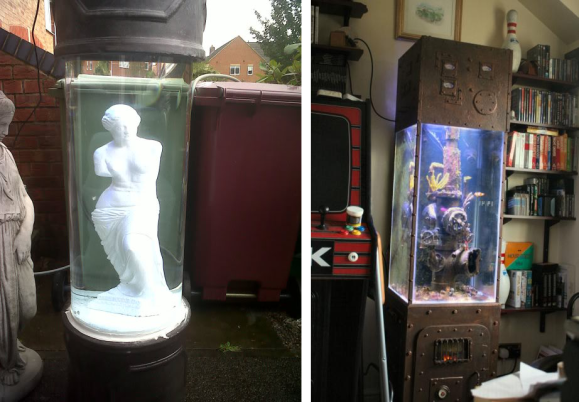
A team of researchers from Georgia Tech unveiled their findings yesterday at the Blackhat conference. Their topic is a power charger exploit that installs malware on iOS devices. Who would have thought that there’d be a security hole associated with the charging port on a device? Oh wait, after seeing hotel room locks exploited through their power jack this is an avenue that should be examined with all device security.
The demonstration used a charger and an BeagleBoard. Plugging in the charger is not enough to trigger the exploit, the user must unlock the screen while charging for it to go into action. But once that’s done the game is over. Their demo removes the Facebook app and replaces it with an infected impostor while leaving the icon in the same place on your home screen. They notified Apple of their findings and a patch will roll out with iOS7. So when would you plug your device into an untrusted charger? Their research includes a photo from an airport where an iPad is connected to the USB port of a public charging station.
The summary on the Blackhat site has download icons for the white paper and presentation slides. At the time of writing we had a hard time getting them to download but succeeded after several tries.

















